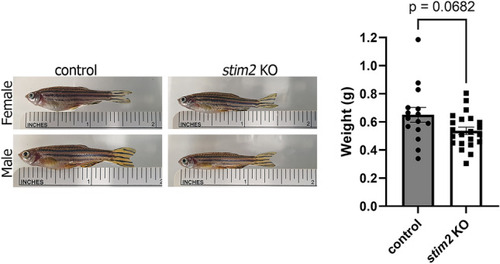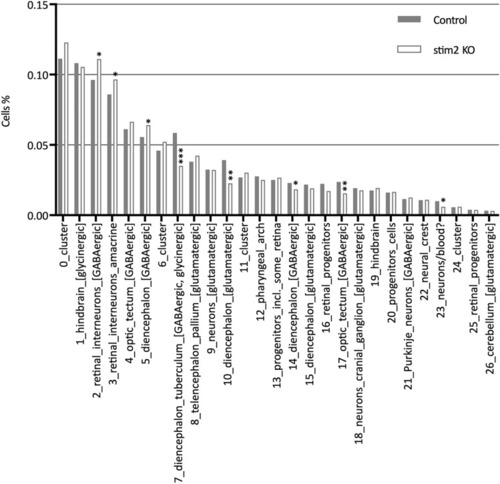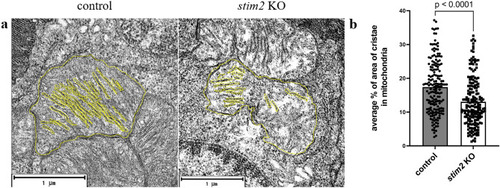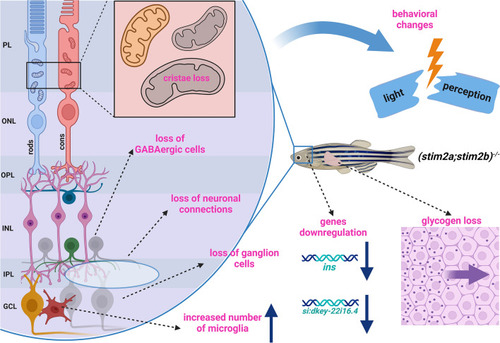- Title
-
Loss of Stim2 in zebrafish induces glaucoma-like phenotype
- Authors
- Baranykova, S., Gupta, R.K., Kajdasz, A., Wasilewska, I., Macias, M., Szybinska, A., Węgierski, T., Nahia, K.A., Mondal, S.S., Winata, C.L., Kuźnicki, J., Majewski, L.
- Source
- Full text @ Sci. Rep.
|
Single-cell RNA-seq analysis of cells of neuronal origin. ( |
|
Differentially expressed genes in different clusters in |
|
Changes in weight between PHENOTYPE:
|
|
Cell proportions in |
|
Immunofluorescence visualization of cells in the retina of 5 dpf zebrafish larvae. ( |
|
Transmission electron microscopy analysis revealed a decrease in IPL width as a consequence of ganglion cell perturbations. Left images show control samples and right images— |
|
Cristae area in mitochondria of zebrafish photoreceptors. ( PHENOTYPE:
|
|
Pleiotrophic effect of |








